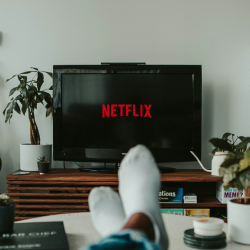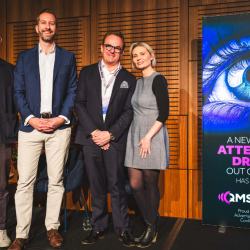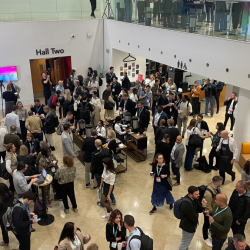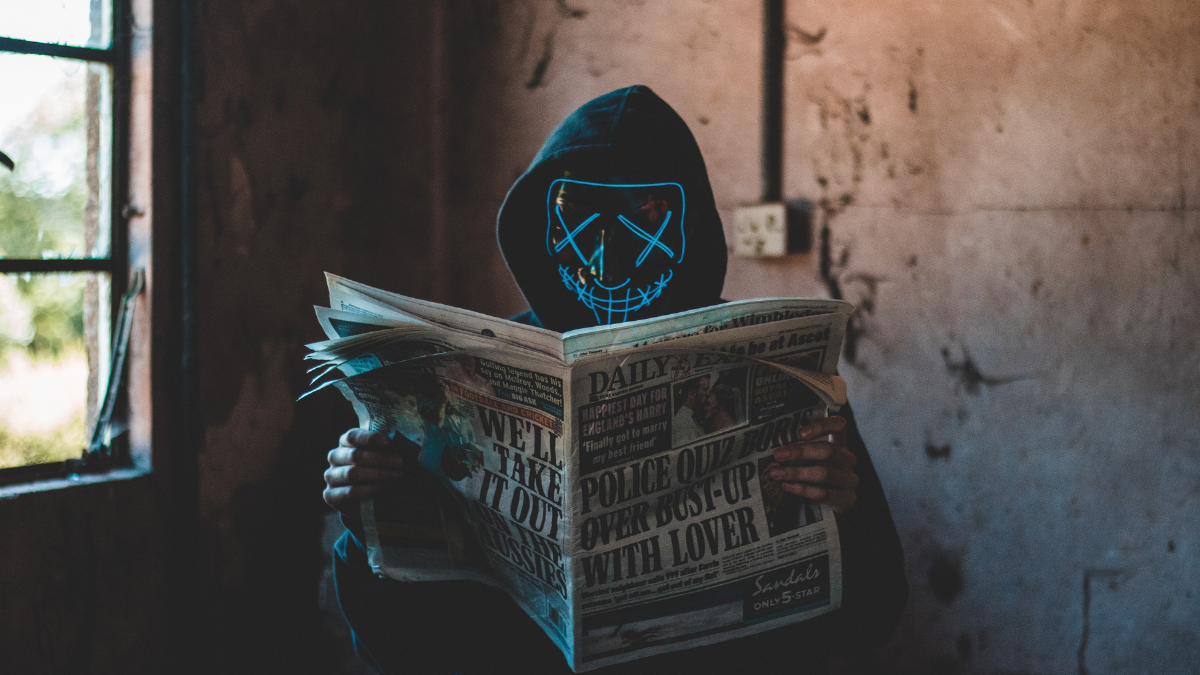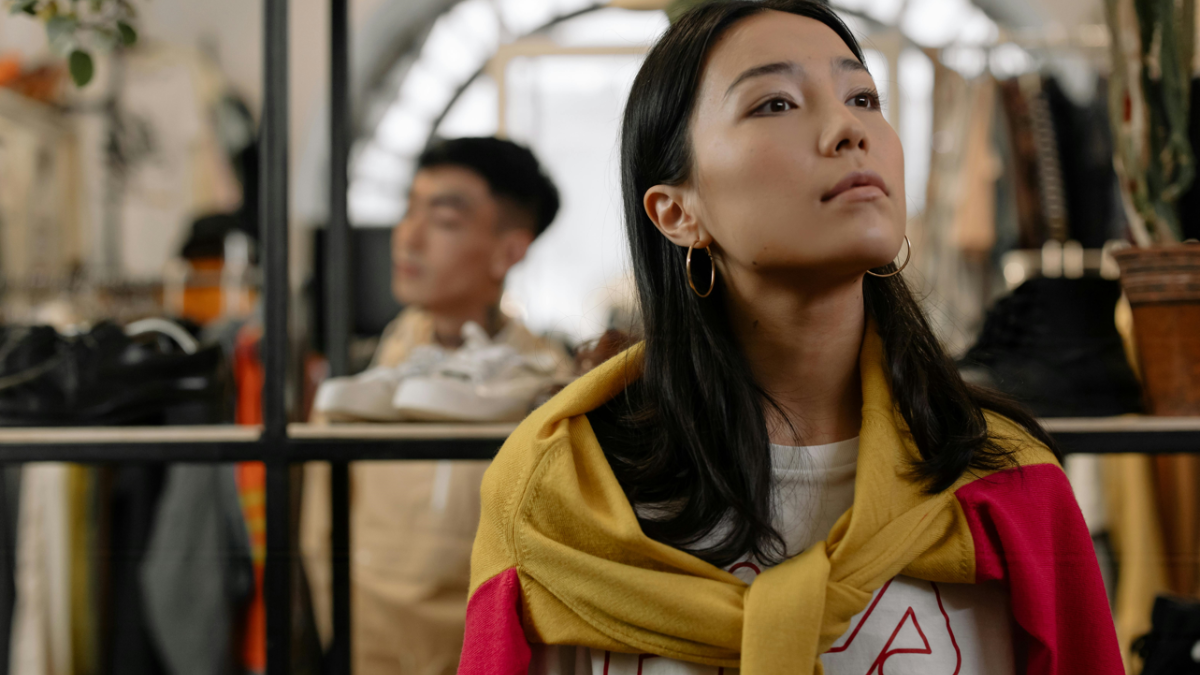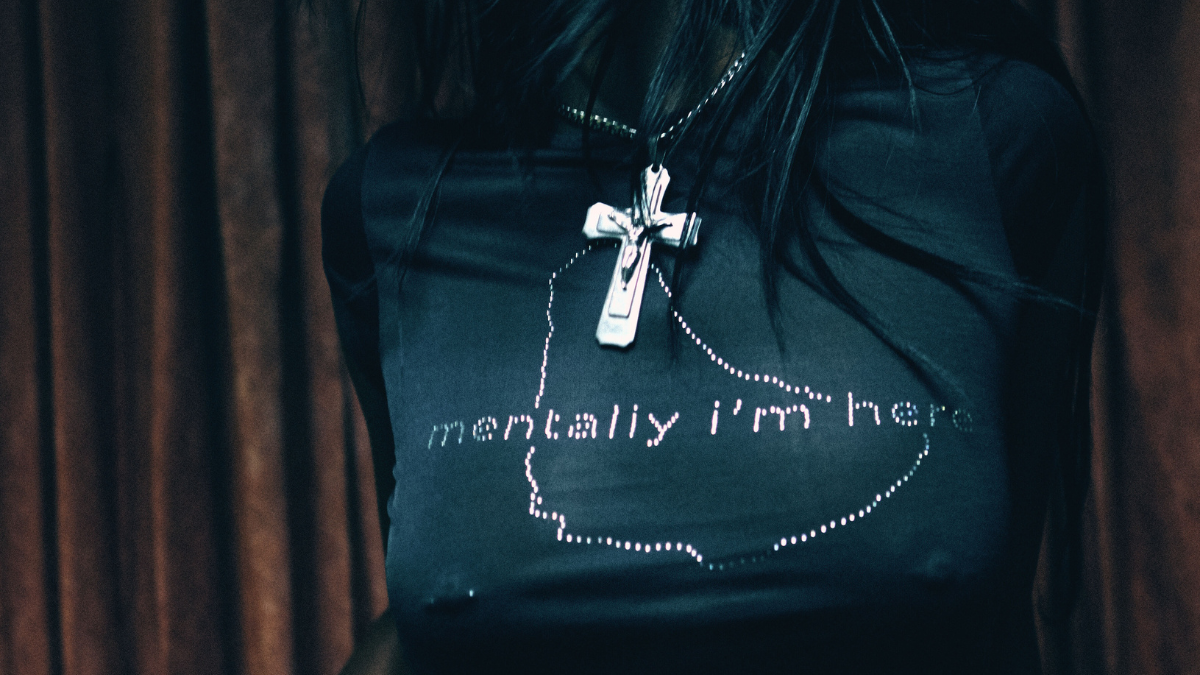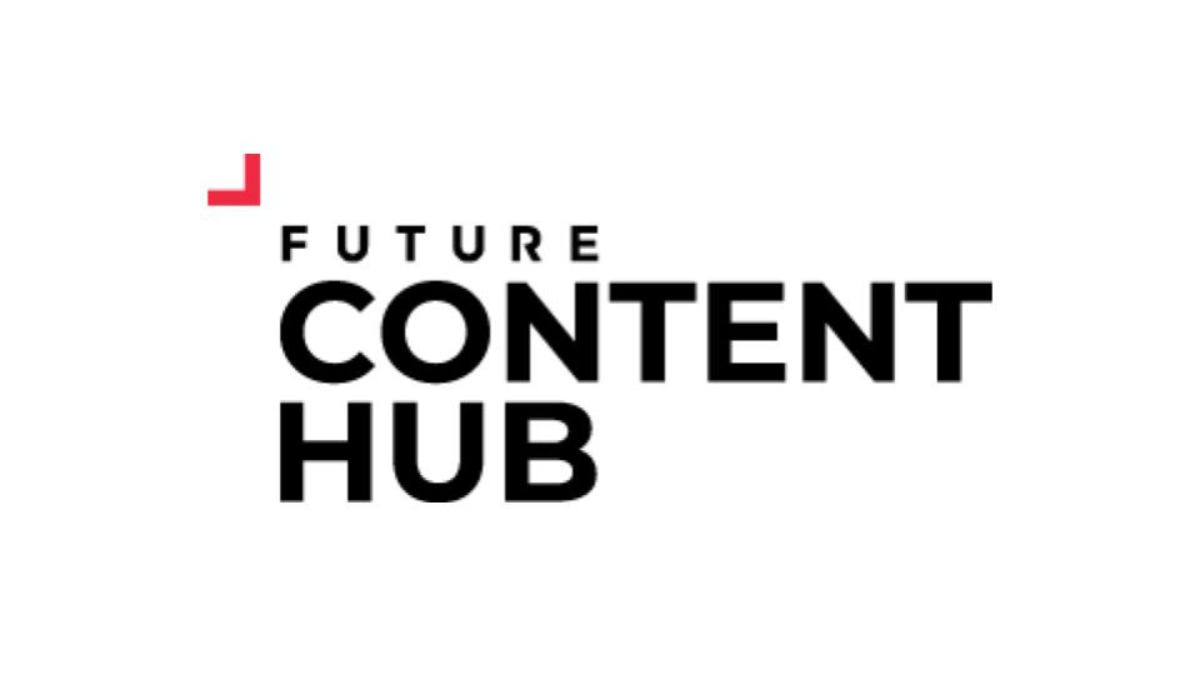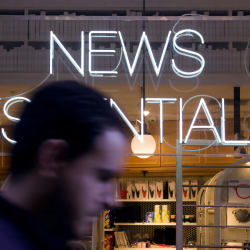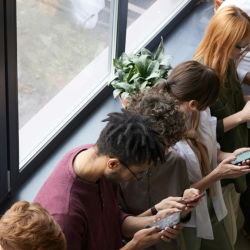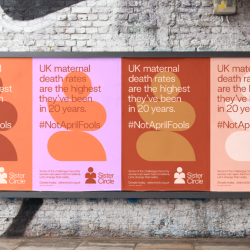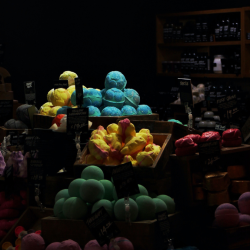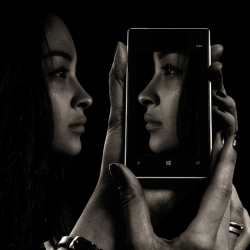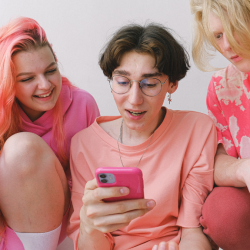Over the course of a few hours scrolling on social media, we are bombarded with thoughts, ideas, opinions, facts, and also things that sound like facts, but maybe aren’t
There’s a typical format they tend to follow; an image of a subject of said ‘fact’ usually alongside an extra large font, vaguely mirroring a headline. It’s particularly rampant surrounding politics and the entertainment industry; Twitter accounts like Pop Crave, Daily Rap Facts trade in said info on the day-to-day, whilst on Instagram profiles like The Shade Room have become notorious for their pseudo-headlines. TikTok tends to pair these with enthusiastic talking heads to bolster delivery, but all use the same type of misappropriated quotes, half-replicated reports and unverified sources to back their claims. On Twitter in particular, Elon Musk’s infamous verification policy has made the site a haven for unverified sources. This means that what once had a thin layer of security has all but vanished for organisations choosing to opt out of the pay-for-play blue tick system, leaving the perfect place for counterfeit accounts to pop up in their place, sometimes even taking on cleverly imitated usernames to better mimic originals.
Unverified news and sources are by no means a new thing, but maybe the rate at which people uptake them is. The internet and social media is moving at breakneck speed, and conversation with it. Sometimes a mere question of whether something is true — those protesters wouldn’t dare demonstrate at Osbourne’s wedding, would they? — becomes the story. And with changes in the news scene and the gradual loss of funding for news and media, the rush for news outlets to cover stories in a means to supplement income via ad revenue clicks mean even some of the bigger outlets can get things wrong, and it’s often a case of reporting first, and checking later.
Brands are maybe taking advantage in the wake of this
Some recent examples: a Jacquemus campaign circa April of this year, where the high-fashion brand allegedly sent huge replicas of their bags down the streets of Paris on wheels. Or Maybelline’s Sky High mascara.
A quick scroll on literally any social media site will show you a plethora of users celebrating the brand’s ingenious idea to place false lashes and an accompanying wand on the side of buildings, buses and a moving train.


Except for the fact that both are fake; 3D artwork in the former and CGI in the latter. No matter how much financial power brands have, it becomes obvious when you think a little deeper; how might either get the go-ahead to cordon such a large parts of public space, or address the logistics required to add a structure onto the side of moving public transport (surely not just a health and safety hazard but also a construction nightmare)? While the above examples have worked, going viral in each case and causing millions of impressions, there’s a question of ethics if adding to the landscape of not-exactly verified news.
So what can consumers do in the face of this digital confusion?
A big part of the antidote starts with individual choices. In the urge to scroll and scroll, one must give their attention where it’s due, ideally leaning towards slower news sources and parts of the media landscape: ideally peer-verified and fact-checked outlets that routinely scrutinise viral stories.
Publications like Tortoise exist completely around this model, as well as various academic journals and books, and there are great organisations like Full Fact, which independently suss out both political and viral news.
Another thing is simply to be a little bit smarter. No need to enter a state of news-related paranoia, but If we’re aware of the possibility for information to be unreliable the challenge is for us to apply more scrutiny, rather than retweeting without a second thought. This can help stop, or at least slow down the dissemination of unverified news with one small principle: ask first, and believe later.
Featured image: Connor Danylenko / Pexels


